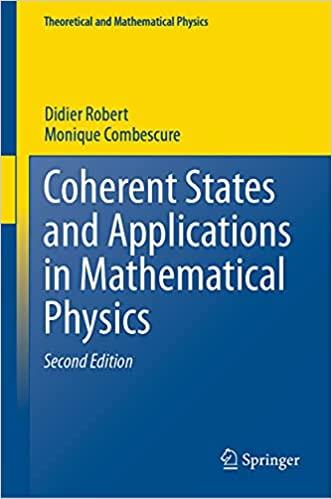Question
Note: Please include detailed view of the FBD and detailed explanation of the answers. Q4. Three particles, each of mass m, can slide on fixed
Note: Please include detailed view of the FBD and detailed explanation of the answers.
Q4. Three particles, each of mass m, can slide on fixed frictionless circular tracks in the same horizontal plane, as shown. The particles are identified as m1, m2, and m3.
Particle mi moves with velocity vo and hits particle m2, the coefficient of restitution being e =1/2. The particles m2 and ms are initially motionless and lie along a radial line before impact. The spring connecting them is initially unstressed.
Find:
(a): The FBDs of the particles and show all forces acting on them, (b): The velocities of mi and m2 immediately after impact, and In subsequent motion of the system, (c): The maximum velocity of m3, and, (d): The maximum stretch in the spring.
Clearly explain the principles (Newton's laws, linear and angular Impulse-momentum principles, etc.) that you used in solving the problems in each of the parts (b), (c) and (d).
(Problem 4-18 in the text).
e = 0.50
2R

Step by Step Solution
There are 3 Steps involved in it
Step: 1

Get Instant Access to Expert-Tailored Solutions
See step-by-step solutions with expert insights and AI powered tools for academic success
Step: 2

Step: 3

Ace Your Homework with AI
Get the answers you need in no time with our AI-driven, step-by-step assistance
Get Started


